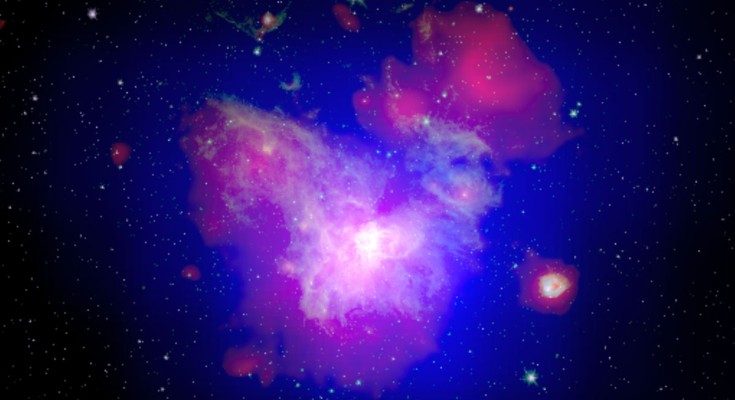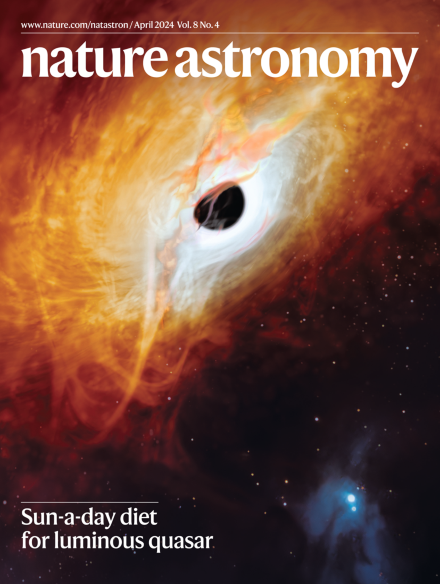
Our April issue is now available to read!
In the April issue, we read about the diverging evolutionary pathways of Venus and Earth, placing human remains on the Moon, the hunt for the most energetic photons in the Galaxy and much more…

In the April issue, we read about the diverging evolutionary pathways of Venus and Earth, placing human remains on the Moon, the hunt for the most energetic photons in the Galaxy and much more…
